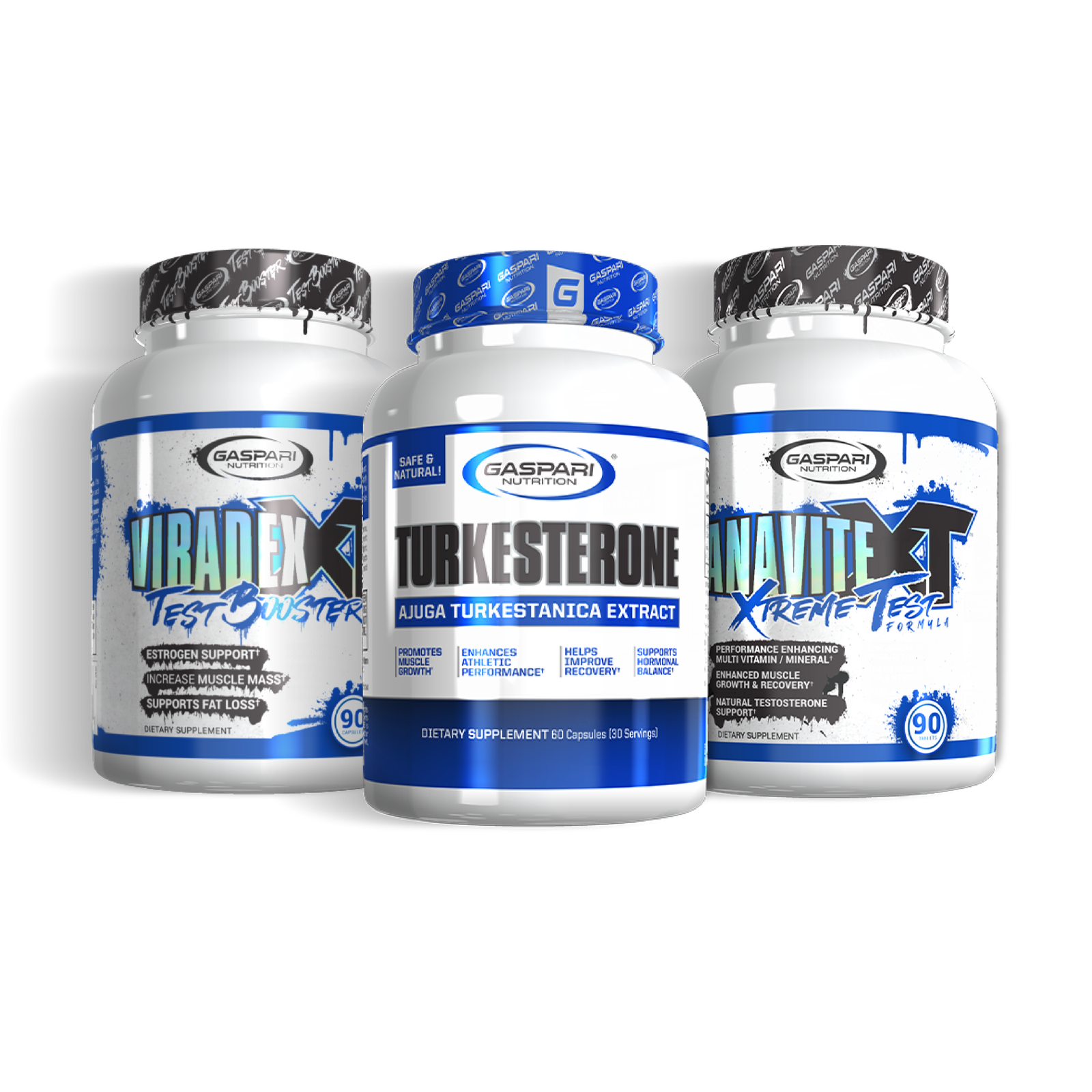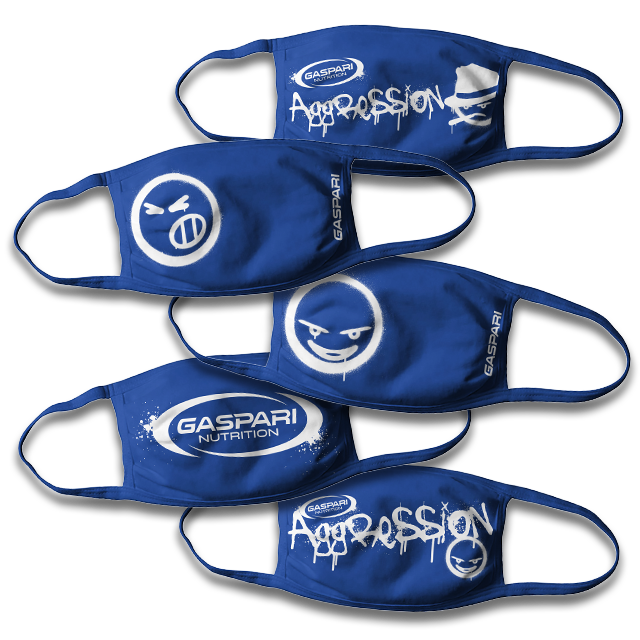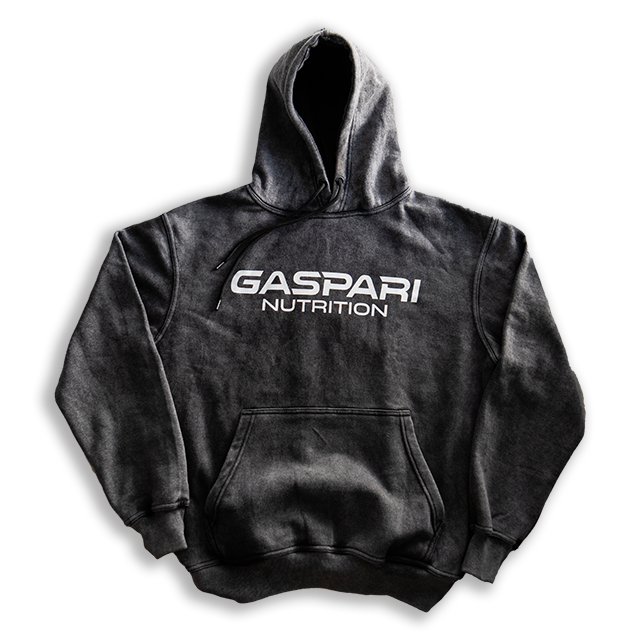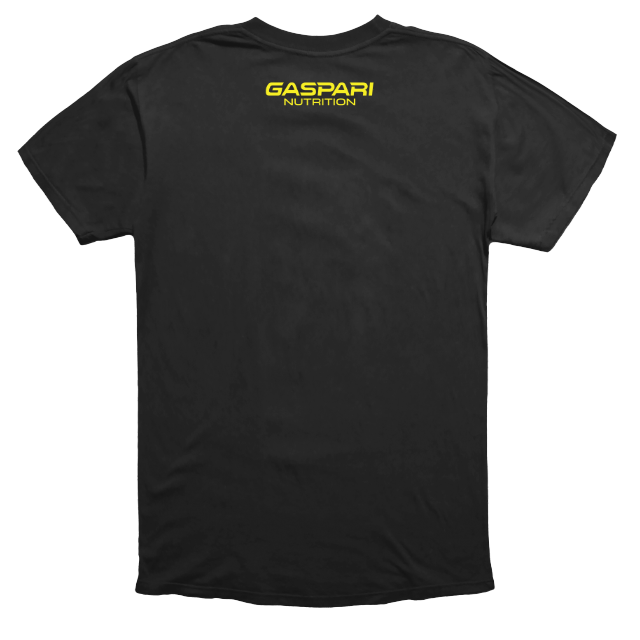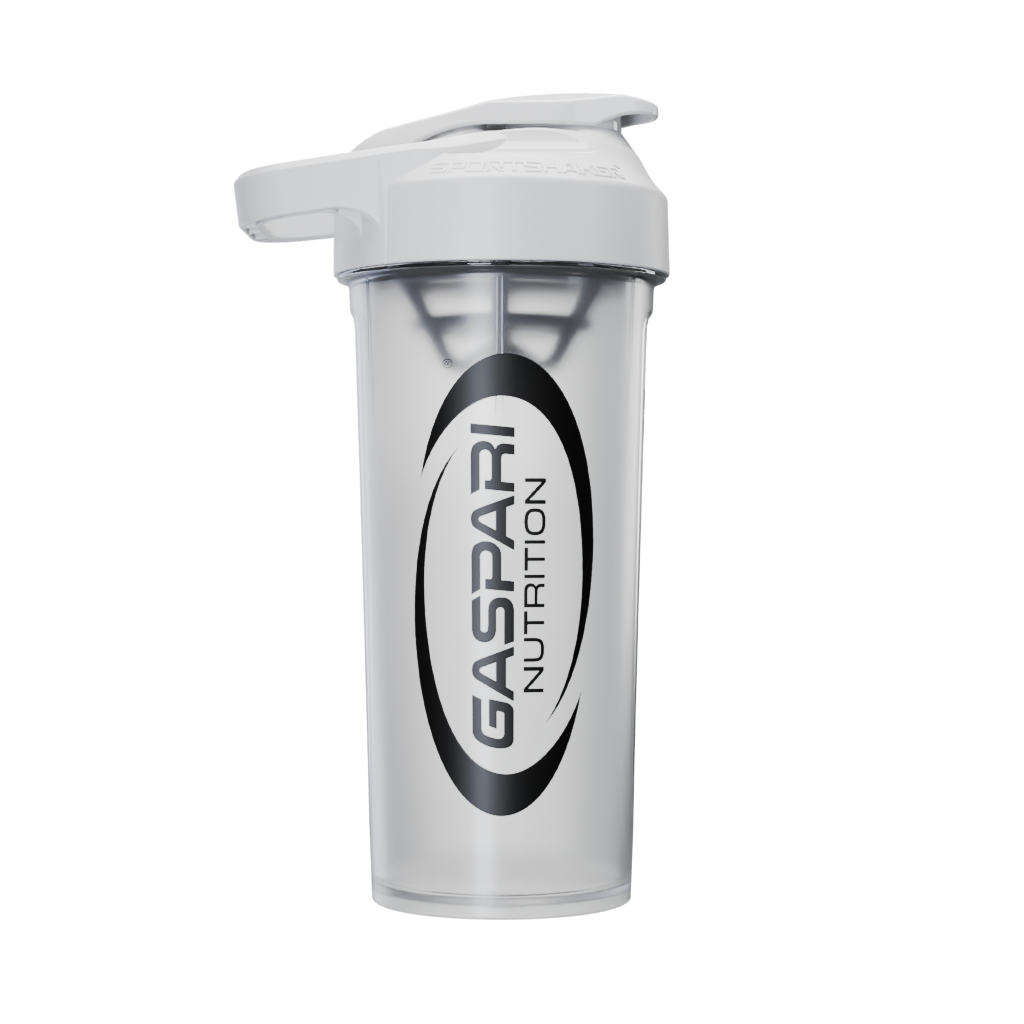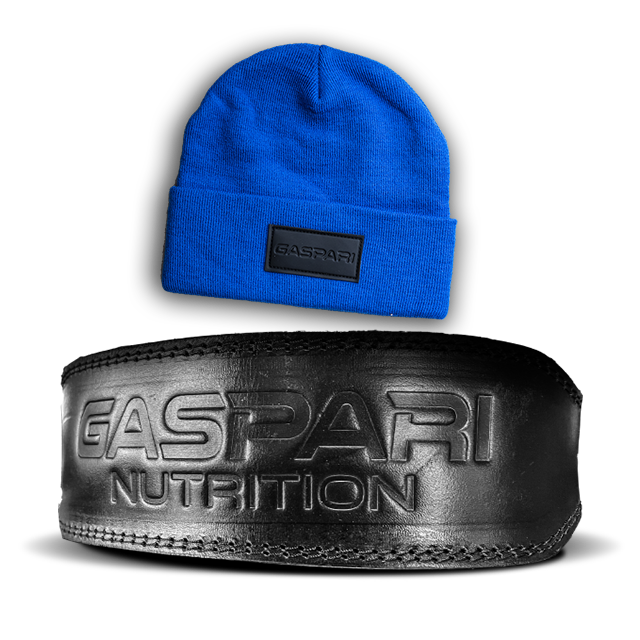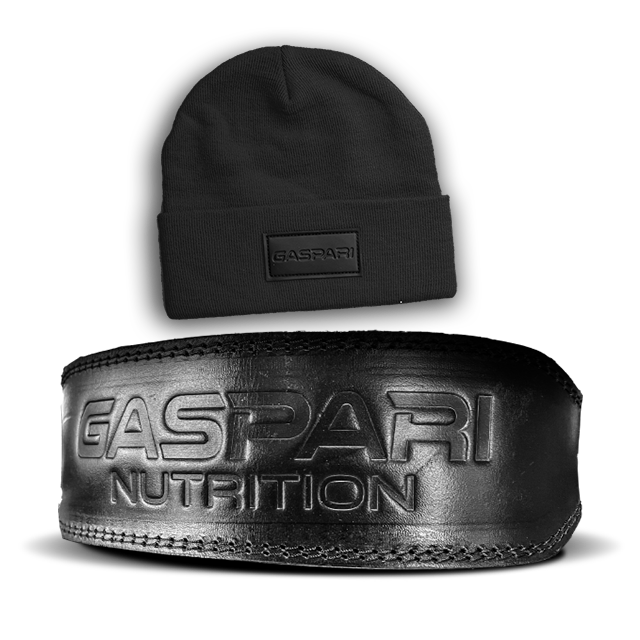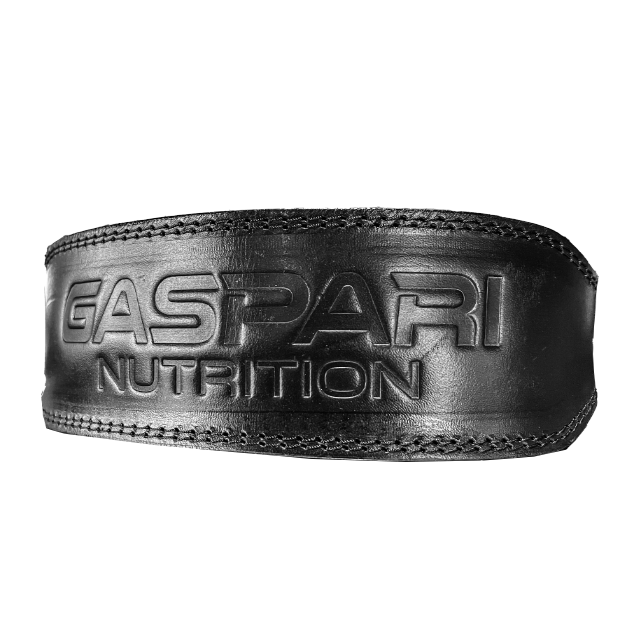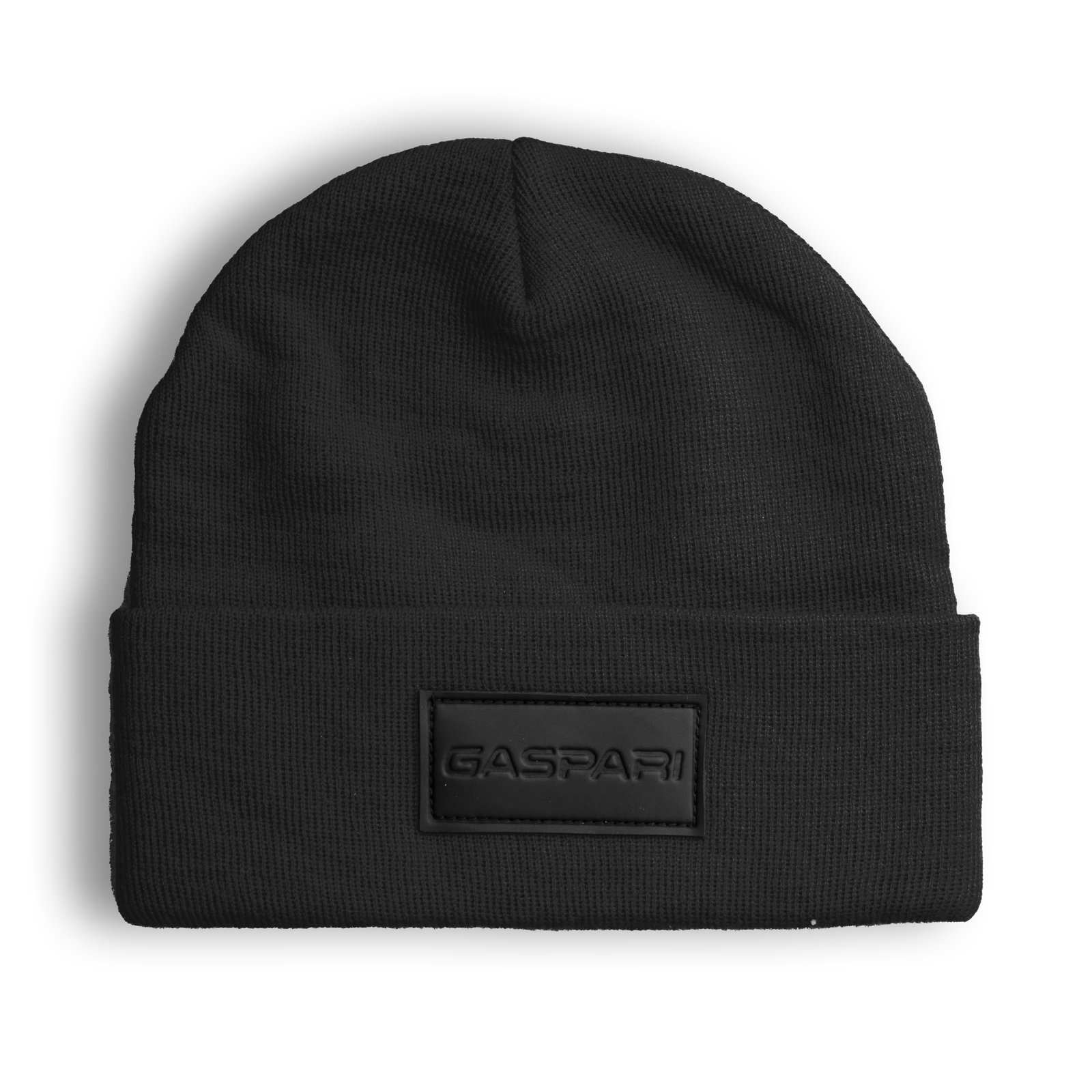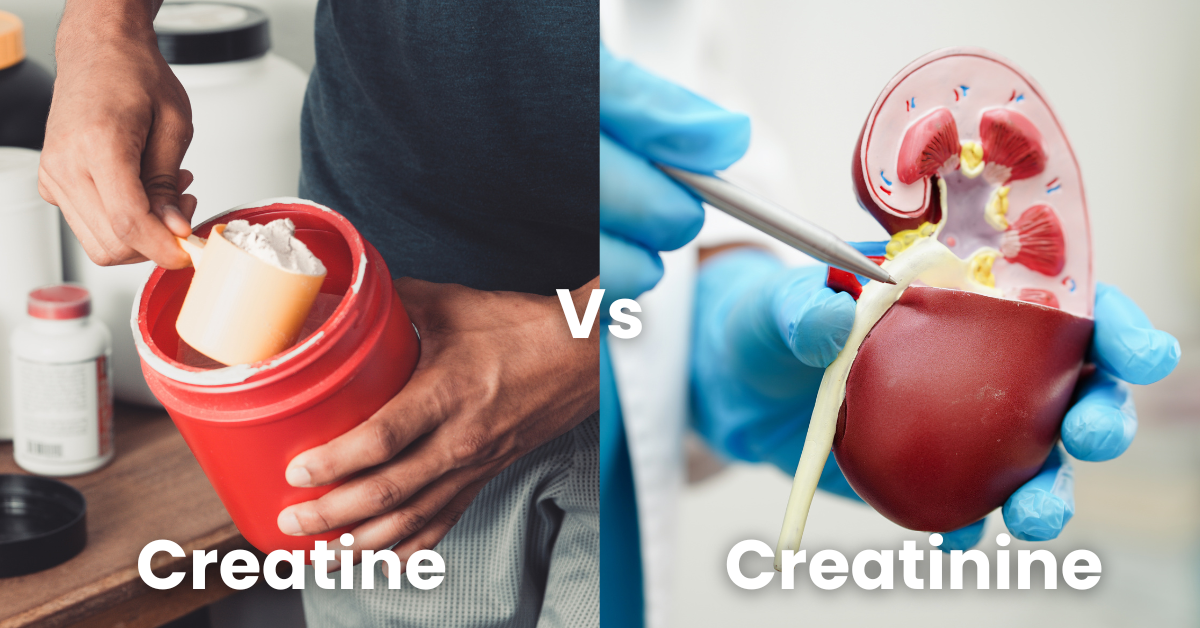Is Bone Broth Good for You? Understanding the Health Benefit
Bone broth has gained popularity as a nutrient-rich superfood, offering potential health benefits ranging from supporting gut health to promoting joint comfort. This ancient recipe, made by simmering animal bones and connective tissues, is packed with collagen, amino acids, and essential minerals. Bone broth is associated with improved digestion and gut health, as it contains gelatin that may protect and heal the mucosal lining of the digestive tract. Gaspari Nutrition offers high-quality bone broth supplements, backed by over 20 years of experience in the sports nutrition industry, providing a convenient way to incorporate this nutritious elixir into your daily routine.
Is Bone Broth Good for You: Key Takeaways
Bone broth is a nutrient-dense liquid rich in collagen, amino acids, and minerals, offering potential benefits for gut health, joint function, and immune support.
Regular consumption of bone broth may improve digestive health, reduce joint pain, and promote healthy hair, skin, and nails.
Gaspari Nutrition offers high-quality bone broth supplements backed by independent research, available in convenient and delicious flavors.
Bone broth: fueling the next generation of athletes.
Sports nutritionists are turning to this ancient brew as a secret weapon for peak performance. Rich in easily absorbable proteins and minerals, bone broth is becoming a staple in training diets across various disciplines.
What Is Bone Broth?
Bone broth is a nutrient-dense liquid made by simmering animal bones and connective tissues. Rich in amino acids like glycine and proline, bone broth supports joint health and gut function. Drinking bone broth may reduce inflammation and promote healthy digestion due to its abundant collagen content.
Nutritional Profile of Bone Broth
Gaspari Nutrition's bone broth collagen is a nutrient-dense supplement with 60 calories per serving. It contains 13 grams of protein, 1 gram of fat, and is carbohydrate-free. While it has zero fiber and sugar, it does contain 100 milligrams of sodium.
This makes Gaspari Nutrition's bone broth an excellent source of protein and essential nutrients, beneficial for those focusing on muscle recovery and joint health.
Digestive Benefits of Bone Broth
Bone broth is easy to digest and supports gut health by providing gelatin, which may protect and heal the mucosal lining of the digestive tract. Consuming bone broth regularly can help prevent inflammation and improve overall digestive function, promoting a healthier digestive system.
Bone Broth and Joint Health
Bone broth is gaining recognition for its potential benefits to joint health. The glucosamine and chondroitin in bone broth may improve joint function and reduce osteoarthritis symptoms. These compounds, along with collagen and other nutrients, support connective tissue and reduce inflammation.
In addition, the amino acids, particularly glycine, support the body's natural collagen production, which is essential for maintaining healthy joints and cartilage.
Immune System Support
Bone broth provides substantial support for the immune system. It contains easily absorbable minerals such as calcium, magnesium, and phosphorus, along with vitamins that aid immune function.
Bone broth is also abundant in amino acids, which are essential for immune health. These nutrients collaborate to fortify the body's natural defenses, possibly assisting in preventing illnesses and enhancing overall well-being.
Bone Broth for Healthy Hair, Skin, and Nails
Bone broth, rich in collagen, the most abundant protein in the human body, is essential for healthy hair, skin, and nails. This nutrient provides strength and elasticity to hair, potentially preventing hair loss and promoting regrowth, while for skin, it improves elasticity and hydration.
The amino acids found in bone broth also support nail growth and strength, making it a comprehensive solution for enhancing these aspects of physical appearance and health.
Gaspari Nutrition's Bone Broth Supplements
Gaspari Nutrition offers high-quality bone broth supplements that provide numerous health benefits. Our products are designed to support athletic performance, recovery, and overall well-being. Here's why you should choose Gaspari Nutrition for your bone broth needs:
Over 20 years of proven success in the sports nutrition industry.
Available in delicious flavors like chocolate and vanilla.
Mixes easily with water, coffee, or other beverages.
Perfect for those looking for the advantages of bone broth without an extended cooking process.
Supports joint health and reduces inflammation.
Promotes gut health and aids in digestion.
A convenient option for athletes and fitness enthusiasts.
Try Gaspari Nutrition's Bone Broth Collagen today to experience the benefits of this nutrient-rich supplement for yourself.
Bone Broth FAQs
How long can bone broth be stored?
Bone broth can be stored in the fridge for around 5 days. Freezing it extends its shelf life up to 12 months. Proper storage methods can further extend fridge life to 7-8 days and freezer life to 24 months, maintaining its nutritional value and taste.
Can vegan broths provide the same benefits?
Vegan broths do not offer the same health benefits as animal bone broths because they lack collagen, gelatin, and amino acids found in animal bones. These nutrients are essential for the benefits associated with bone broth.
Is bone broth a substitute for dietary supplements?
Bone broth can substitute for certain dietary supplements, especially for those needing a dairy-free, soy-free, gluten-free, and paleo-friendly option. It is rich in collagen protein and glycine, supporting various health benefits. Many find it a natural way to meet their nutritional goals.


















